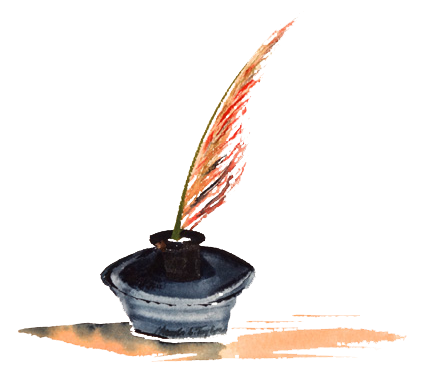Contrary to much press, AI is not replacing design, it is rather ferreting out the incompetent from the real designers. I will write more about that phenomenon in a later post. For now, suffice it to say one of the biggest differentiators–and why AI will never replace design (though it is quickly becoming an indispensable tool)–lies in the art of the design process. But When I say design process, I am talking about a timeless and scalable design process.
I am writing a series of articles on this timeless and scalable design process. It’s a series of 5 posts* on the art of the design process. I’ll tell you plainly: if a designer has no process they are not professional. Full stop. But as I say in the article, But that statement is also not fair to my fellow designers for two reasons. First, because we are under a lot of pressure to be pragmatic and unprofessional from the very people who hire us (whether external client or a design group within a larger company—where incompetent design managers are the worst offenders).
So this series is dedicated to empowering my fellow designers to embrace or re-embrace the design process and return the creativity, innovation and joy back into your design practice. And in the process (no pun intended) strengthen your professional integrity. The end of the series, I will also discuss how management should be managing the design process in their often design-hostile environments.
This first article, is an introduction meant to set people’s expectations and understands the basis for the main design process discussions. The article can be found on the Keen Design website, where i am currently a Principal Designer:
https://www.keen.design/en/design-blog/the-timeless-scalable-design-process-1
For my Dutch and German friends, the article is also available in those languages as well:
This series is inspired by a parallel effort, an article I am writing on the design process for the HCI Handbook’s 4th edition. I am writing that article with Michael Arent and the help of Hugh Dubberly. And indeed their influence is clear throughout both the article and this blog series.
*–as of this writing it is 5 parts, it was originally 3, but as I write this series I am getting great feedback which has expanded the topic in a positive manner. I also invite you to give your feedback and make what extra comments or wisdom you care to add and I will certainly consider them –and if incorporated, gladly give due credit.
